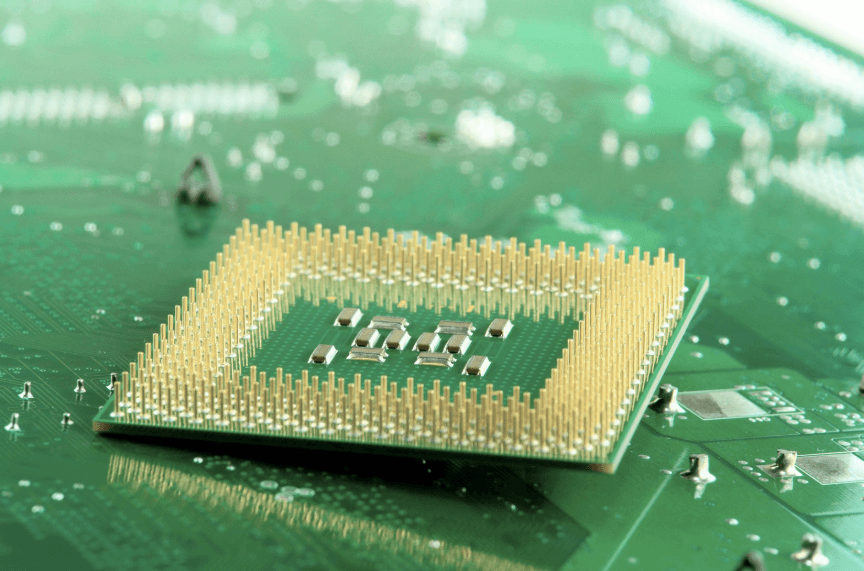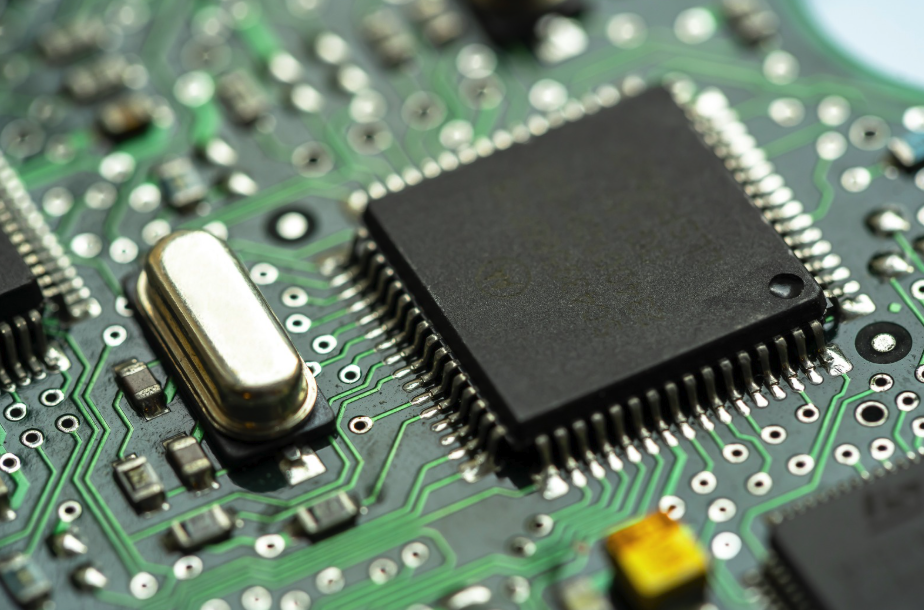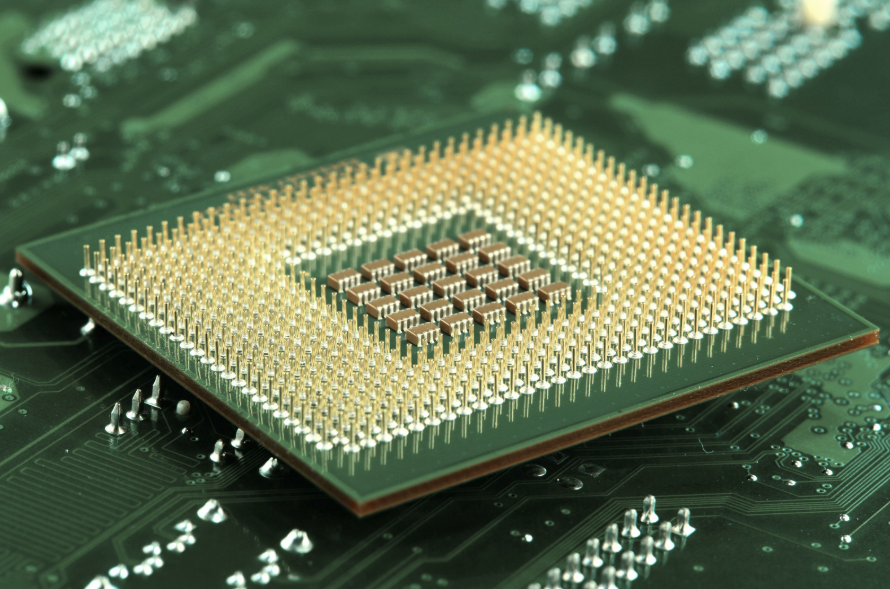Microcontrollers vs. Microprocessors

More from the Category
In the world of electronics, two key components power countless devices—microcontrollers and microprocessors. While both play vital roles, their distinct architectures and functionalities define their applications. Whether you're an electronics enthusiast, a hobbyist, or a professional developer, knowing the differences between these components is essential for making informed design choices.
Microcontroller vs. Microprocessor: The Fundamentals
Both microcontrollers and microprocessors are integrated circuits (ICs) designed to process data and execute commands. At their core, they feature a central processing unit (CPU) that performs computations, but they serve different purposes:
- • Microcontrollers are compact, self-sufficient systems designed for specific tasks in embedded applications. They integrate memory, input/output (I/O) peripherals, and timers into a single chip, making them ideal for consumer electronics, automotive control systems, and industrial automation.
- • Microprocessors, on the other hand, are more powerful and versatile. They function as the brains of computers and high-performance devices, requiring external memory and support chips to handle multitasking, operating systems, and complex computations.
Architecture and Functionality

Microcontroller: Streamlined for Efficiency
Microcontrollers typically follow a reduced instruction set computing (RISC) architecture, ensuring low power consumption and efficient operation. They are optimized for single-function applications, featuring:
· Built-in memory (Flash, RAM, and EEPROM)
· Integrated I/O peripherals (UART, SPI, I2C)
· Lower clock speeds for power efficiency
· Cost-effective and compact design
These features make microcontrollers perfect for applications requiring real-time control, such as smart appliances, IoT devices, and automotive electronics.
Microprocessor: Powerhouse for Performance
Microprocessors generally use complex instruction set computing (CISC) architecture, allowing them to execute multiple complex instructions efficiently. They are designed for multitasking and high-speed data processing, featuring:
· Higher clock speeds for superior computational power
· Expandable memory (requires external RAM and storage)
· Multitasking capabilities for operating systems
· More flexibility but increased system complexity
This makes microprocessors the ideal choice for devices like computers, smartphones, and gaming consoles, where high-speed processing and multitasking are essential.
Check out this infographic on microprocessors!
Key Differences: Microcontroller vs. Microprocessor
-1.png)
Applications: Where Are They Used?
Microcontrollers Power Everyday Devices
· Home Appliances – Found in microwaves, washing machines, and refrigerators for automated control.
· Automotive Systems – Used in engine control units (ECUs), airbag deployment, and anti-lock braking systems (ABS).
· Consumer Electronics – Enable smart functionality in cameras, remote controls, and gaming consoles.
· Industrial Automation – Control machinery, monitor systems, and enhance efficiency in factories.
Microprocessors Drive High-Performance Computing
· Personal Computers – Power desktops, laptops, and workstations.
· Smartphones & Tablets – Enable multitasking, high-resolution graphics, and connectivity.
· Gaming Consoles – Handle complex rendering, physics simulations, and AI for immersive gameplay.
· Embedded Systems – Found in robotics, medical devices, and high-end automation systems.
Performance vs. Power Efficiency
Microprocessors deliver superior performance with higher clock speeds and larger caches, making them ideal for data-intensive tasks. However, this comes at the cost of higher power consumption.
Microcontrollers, designed for efficiency, consume minimal power, making them ideal for battery-powered and energy-conscious applications. Their integration of CPU, memory, and peripherals onto a single chip also reduces overall cost and system complexity.
Choosing the Right Component for Your Project

When selecting between a microcontroller and a microprocessor, consider:
- • Task Complexity: Need multitasking and OS support? Choose a microprocessor.
- • Power Requirements: Need efficiency for battery-powered applications? Choose a microcontroller.
- • Cost Constraints: Need an affordable solution for a dedicated function? A microcontroller is the better option.
- • Peripheral Needs: Want integrated peripherals? Microcontrollers have built-in support. Need flexibility? Microprocessors allow for external components.
- • Development Time: Microcontrollers simplify design with built-in components, while microprocessors require more effort for system integration.
The Future of Microcontrollers and Microprocessors
Advancements in semiconductor technology continue to blur the lines between microcontrollers and microprocessors. Microcontrollers are becoming more powerful, integrating enhanced computing capabilities while maintaining low power consumption. Meanwhile, microprocessors are evolving to be more energy-efficient, expanding their application in power-sensitive environments.
Both microcontrollers and microprocessors are fundamental to modern electronics, each excelling in different scenarios. Whether you're building a smart home system or a high-performance computing device, understanding these components will help you make the right choice for your project.
Need help sourcing ICs and semiconductors? Our specialists at Microchip USA are ready to assist you. Contact us today!









